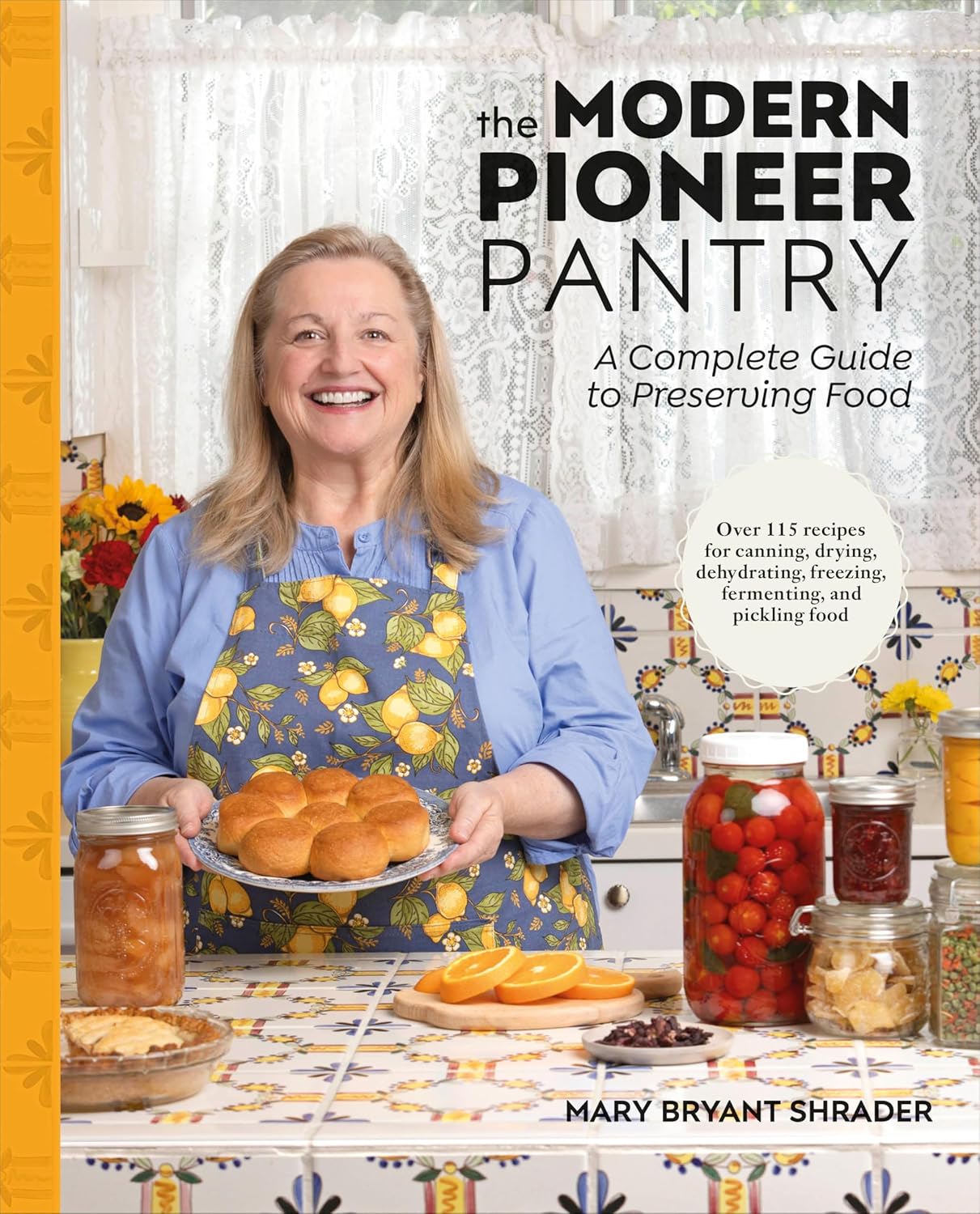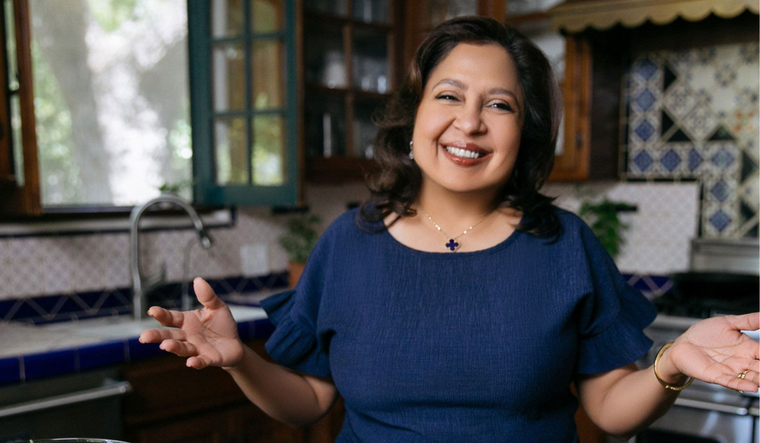Sunday Paper Recommends—Week of September 14, 2025

This week at The Sunday Paper, we're sharing a documentary, a podcast, a book, and a recipe that we believe will add inspiration to your days. We hope these suggestions open your heart and mind and encourage you to come together for meaningful conversations.
What We’re Watching
In a world that feels more divided than ever, this new award-winning documentary is a breath of fresh air. With over 75 international film festival wins and insights from the Dalai Lama, Ben Affleck, and more thought leaders, it proves that the simple act of kindness can change a life. You can stream The Case for Kindness on Amazon Prime, and you can read more about the documentary, plus some thoughts on kindness shared exclusively with The Sunday Paper, here.
What We’re Listening To
In The Diary of a CEO, British entrepreneur and author Steven Bartlett invites listeners into deep, honest conversations with the world’s most fascinating CEOs, experts, therapists, and leaders. It’s a podcast rooted in vulnerability, curiosity, and resiliency. Each episode encourages listeners to dream boldly, think openly, and expand their awareness across a wide range of meaningful topics.
What We’re Reading
Supreme Court Justice Sonia Sotomayor invites young readers to discover the power of kindness, empathy, and encouragement in her children's book Just Shine. Inspired by her own mother’s quiet strength, this book is a beautiful reminder that helping others see their own light makes the world brighter for all of us. With vibrant illustrations by Jacqueline Alcántara—it’s a message for anyone who believes in lifting others as we rise.

What We’re Making

End-of-Season Vegetable Ferment
Prep Time: 20 minutes
Fermentation Time: 7-14 days
Total Time: 7-14 days 20 minutes
Yield: 1 quart
Equipment
Quart (32oz) jar with a screw-on lid
Small bowl
Fermentation weight or small jar no larger than 4oz (optional)
pH strips
Ingredients
Mixed end-of-season nonstarchy vegetables, such as asparagus, beets, carrots, bell peppers, spicy peppers, yellow squash, and zucchini (see Cook’s Notes)
1 tsp mustard seeds
1 tsp black peppercorns
Small bunch of fresh herbs, such as chives, dill, parsley, or tarragon (optional)
1 tbsp fine-ground sea salt
¼ cup chlorine-free water, plus more if needed
- Wash and chop the vegetables into bite-size pieces.
- Place the mixed vegetables into the quart jar, alternating layers with a few mustard seeds and peppercorns and the fresh herbs (if using). Pack everything tightly, leaving a 1-inch (2.5-com) headspace.
- In a small bowl, dissolve the salt in the ¼ cup water. This is your brine.
- Pour the brine over the vegetables, ensuring they are completely submerged. Add additional water, if needed, leaving a 1-inch (2.5 cm) headspace. If necessary, use a fermentation weight or small glass jar to keep the vegetables below the brine. Place the lid on the jar and tighten.
- Place the jar in a shallow bowl (to catch any seepage) in an area away from direct sunlight. For best results, you should maintain the temperature between 68°F and 72°F (20°C and 22°C). This temperature should be attainable since this is an end-of-season ferment when temperatures start to cool.
- After the first few days of the fermentation process, you should see bubbles begin to form in the jar and float up the sides to the top. This is carbon dioxide, a normal by-product of the fermentation process. Once you see the bubbles forming, loosen the lid of the jar and allow the gas to escape, then retighten the lid. Continue releasing the gas from the jar each day during the fermentation process.
- After 7 days, open the jar and set the lid aside. Examine the ferment. It should look somewhat effervescent and have a pleasant, somewhat tangy aroma similar to pickled vegetables. Use pH strips to determine the acidity level. If it is 4.6 or below, taste the ferment. (If you see any mold of the ferment has a foul odor, it will need to be discarded.)
- If the texture and taste are to your liking, it is time to refrigerate the jar. Keep in mind that initially the bring clinging to the vegetables may be a bit on the salty side, but once refrigerated, the vegetables will absorb more of the brine and become more tasty, and the bring clinging to them will be less salty. If you want the vegetables to have more tang, you can let them ferment for up to 14 days.
- Once the vegetables are to your liking, transfer the jar to the refrigerator, placing it in the door or on the top shelf. Alternative storage options include a cellar or root cellar if those locations can properly maintain a temperature of approximately 40°F (4°C).
- Fermented end-of-season vegetables will stay at peak freshness in your refrigerator for up to 6 months.
Cook’s Notes
Can you include green beans in your end-of-season vegetable ferment?
Unfortunately, there is some disagreement over this. I side with the camp the believes green beans should generally not be fermented raw because they contain naturally present toxins called lectins. To deactivate these substances, the green beans need to be blanched first. The drawback to blanching them before fermenting them is that the blanching process will kill the natural yeasts and good bacteria that are present on all raw vegetables. Will there still be some yeasts and good bacteria from the other vegetables in the mix? Yes, and those might be sufficient to foster a successful fermentation. You also have the option of adding some cultured whey or a bit of the brine from a previous ferment to help the fermentation process get off to a good start. However, all that said, I simply prefer to home can green beans or blanch them and then pickle them.
Copyright: "Excerpted from The Modern Pioneer Pantry reprinted by permission of DK, a division of Penguin Random House LLC. Copyright © 2025 by Mary Bryant Shrader.” Photo credit: Kimberly Davis
Please note that we may receive affiliate commissions from the sales of linked products.




